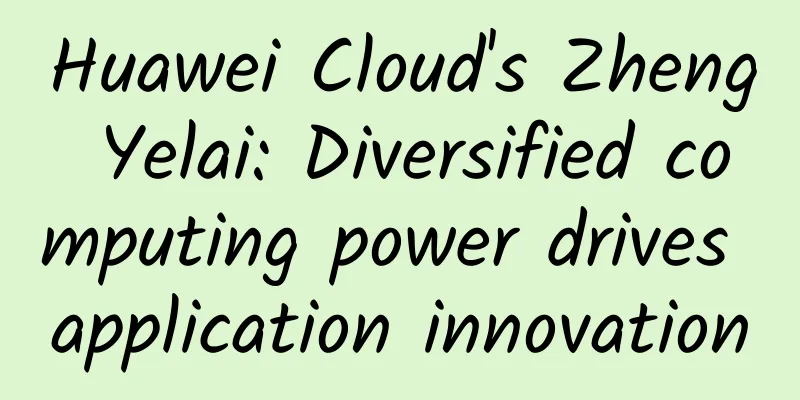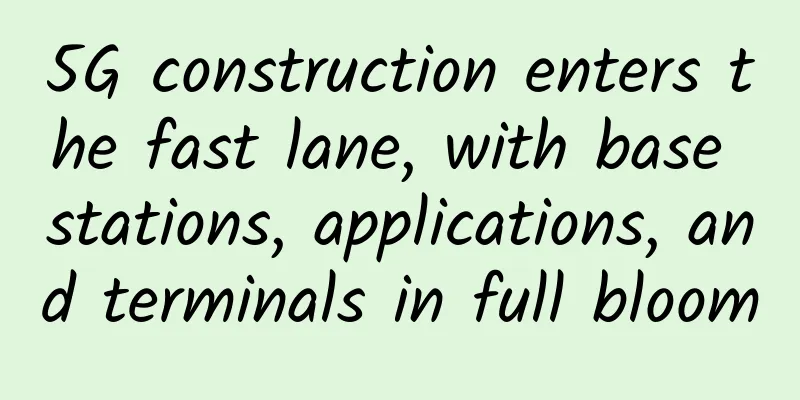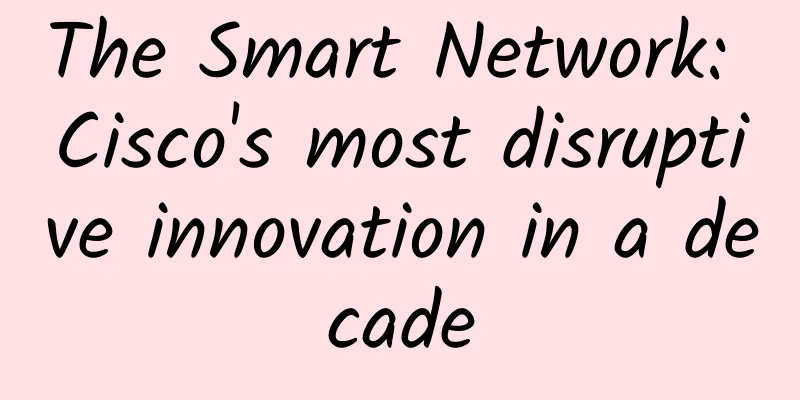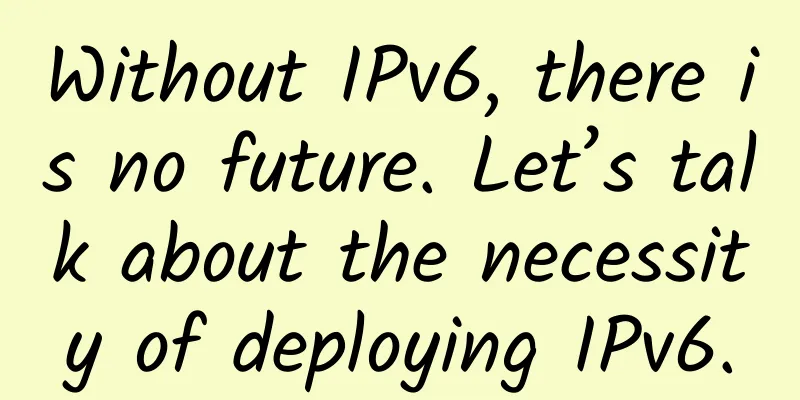Interviewer: What are the common HTTP request headers?
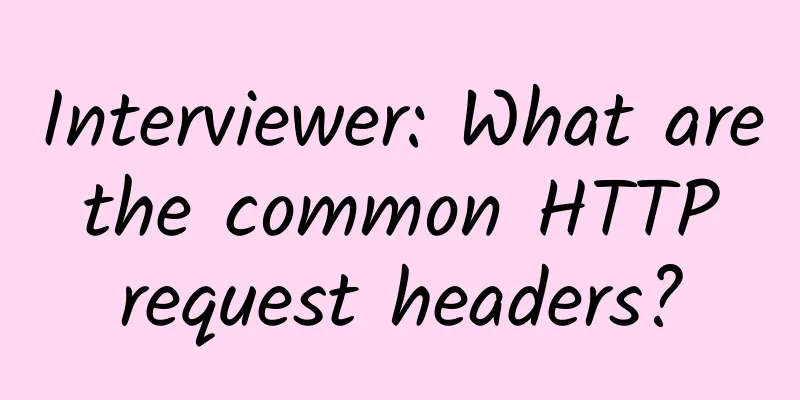
|
This article is reprinted from the WeChat public account "JS Daily Question", the author is Huihui. Please contact the JS Daily Question public account to reprint this article. 1. What isHTTP header fields refer to the message header part in the request and response messages of the Hypertext Transfer Protocol (HTTP) They define the parameters of an operation within a HTTP transaction. HTTP header fields can be defined as needed, so non-standard header fields may be found on web servers and browsers. The following is a request header for an HTTP request:
2. ClassificationCommon request fields are shown in the following table:
3. Usage scenariosBy coordinating the request header and response header, the following functions can be implemented in some scenarios: Negotiation Cache Negotiation cache is managed using two pairs of request and response headers: [Last-Modified, If-Modified-Since] and [ETag, If-None-Match] Last-Modified indicates the date when the local file was last modified. The browser will add If-Modified-Since (the value of Last-Modified returned last time) to the request header to ask the server whether the resource has been updated after that date. If so, the new resource will be sent back. Etag is like a fingerprint. Any change in the resource will cause the ETag to change, regardless of the last modification time. ETag can ensure that each resource is unique. The If-None-Match header will send the Etag returned last time to the server, asking whether the Etag of the resource has been updated. If there is a change, a new resource will be sent back. Forced caching does not require sending requests to the server. It determines whether the strong cache is hit based on the request headers expires and cache-control. The flowchart of mandatory caching and negotiated caching is as follows: Session State Cookies are small text files that are stored on the user's local terminal by some websites in order to identify the user. They are determined by the response header set-cookie. As a small text data that generally does not exceed 4KB, it consists of a name (Name), a value (Value) and several other optional attributes used to control the validity period, security, and scope of use of the cookie. Cookies are mainly used in the following three aspects: Session state management (such as user login status, shopping cart, game scores, or other information that needs to be recorded) Personalization settings (such as user-defined settings, themes, etc.) Browser behavior tracking (such as tracking and analyzing user behavior, etc. References https://zh.wikipedia.org/wiki/HTTP header fields https://github.com/amandakelake/blog/issues/41 |
<<: What is the difference between a free SSL certificate and a paid one?
Recommend
Six IT trends to watch in 2023
Businesses and society at large continue to turn ...
What is the difference between artificial intelligence and machine learning?
【51CTO.com Quick Translation】 Artificial intellig...
What are the differences between HTTP and HTTPS besides security?
HTTP and HTTPS are two common network protocols, ...
Interviewer: What is your understanding of Git Rebase and Git Merge? What are the differences?
[[417941]] This article is reprinted from the WeC...
Lightwave OFC 2025 Outlook: Quantum will take center stage
Beijing time, February 19 (Shui Yi) As the world&...
The theory that 5G is useless continues to exist, but 5G will determine the future era of the Internet of Everything
Since 2019, countries have successively issued 5G...
New in Los Angeles CN2 GIA/Japan SoftBank special price starting from $93 per year
BandwagonHost has launched a SPECIAL 40G KVM PROM...
Talk about the past and present of programmable network elements
[[402793]] This article is reprinted from the WeC...
Shaanxi Kunpeng Ecological Innovation Center actively explores talent training, and two Kunpeng training activities have been successfully concluded
[51CTO.com original article] On November 28, 2020...
7 key features of 5G mobile phones
1. Support high-power terminals Compared with bas...
2018 World Internet of Things Expo press conference held in Beijing
Today, the global Internet of Things era is leadi...
RackNerd: AMD Ryzen packages are available, starting at $18.88 per year for 1GB memory packages, San Jose/New York data centers
RackNerd has launched various AMD Ryzen series da...
Huawei Enjoy 10S, the year-end flagship phone worth 1,000 yuan, is officially released with full screen and camera upgrades
As the year draws to a close, the smartphone indu...
CloudCone: $1.99/month KVM-768MB/15GB/3TB/Los Angeles MC Data Center
CloudCone's 2021 flash sale has started again...
5G: Number of terminal connections exceeds 200 million
2020 is the first year of large-scale constructio...


